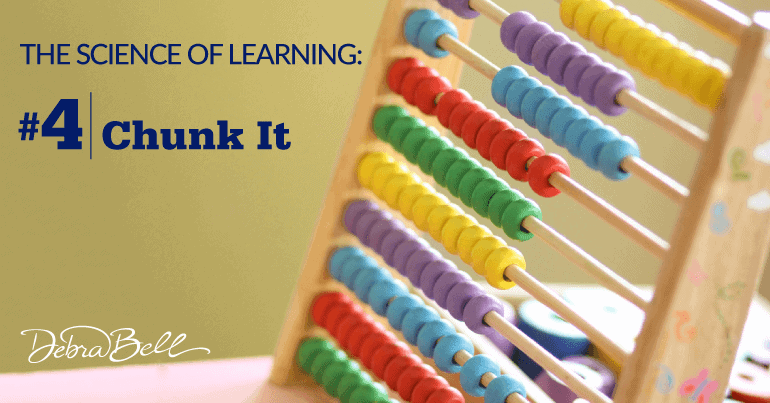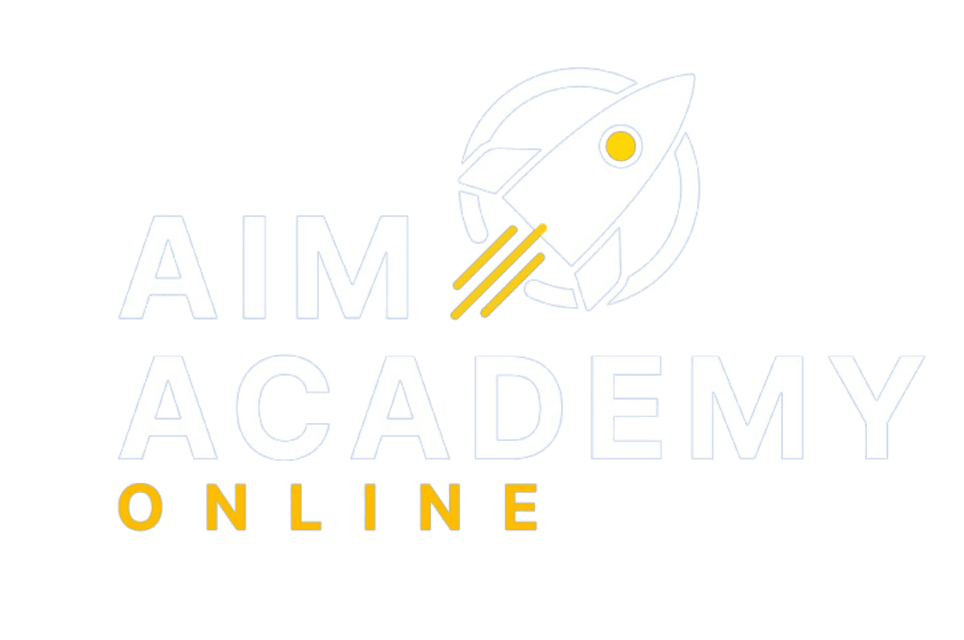The Science of Learning: Chunk It

Our short term memory, or working memory, is limited. When kids learn something new, they challenge their working memory. Too many new pieces of information inhibit their ability to complete a task. Therefore, it is important to budget working memory and strategically manage its limitations.
One strategy for achieving this is chunking. A chunk is a group of details or information that is meaningfully related. Once our brains chunk related details together, we process it quickly as one piece of data, instead of several. Let me give an example. When I first started to learn Arabic, a simple sentence took me several minutes of intense effort to create. I had to slowly retrieve each individual word from my long term memory. But there was one phrase that gave me no trouble at all: My great grandfather is of Lebanese descent. Why was I able to recite this with no trouble? Because I was asked about my ancestry so frequently, my brain turned the answer into one chunk of information. I wasn’t recalling each word, just the phrase.
Something similar occurs when we associate details about the years 1860–1865 in U.S. history (the dates of the Civil War). Or when six different steps in solving a math problem gel into “finding the x-intercepts of a parabola.”
How can chunking help your kids succeed?
- Look for curriculum or resources that break material into manageable chunks. Learning new information a little at a time like this keeps kids from overtaxing their working memory. (My mom’s language arts programs—Writers in Residence and Readers in Residence—follow this principle.
- In math and science, practice processes and techniques until they become automatic. This takes the many steps involved in solving a problem and creates one chunk for kids’ brains to access instead. Once new information is chunked, then tackle new content and skills.
- Emphasize connections and how different information is related. Reading a piece of historical fiction concurrent with history lessons or using a math skill to complete a science fair project will help kids form more chunks.
